Flutter & Hum: Animal Poems / Aleteo y Zumbido: Poemas de Animales
Flutter & Hum: Animal Poems / Aleteo y Zumbido: Poemas de Animales
Written and Illustrated by Julie Paschkis
Published in 2015 by Henry Holt
ISBN 978-1-62779-103-8
Grades PreK – 8
Book Review
“Slithering / through the grass / the sinuous snake/ is writing/ a slippery poem / with his body.” The twelve poems in a new bilingual picture book anthology feature a variety of animals and emphasize their unique characteristics. Composing first in Spanish, author/illustrator Julie Paschkis illustrates how words and images can illuminate our view of the natural world. The animal subjects of the poems include those that are domestic and wild, large and small, and many are familiar for young readers. The poems are brief, yet deep, inviting shifts in perception on the part of the reader. For example, the poem about a crow in the rain concludes: “He hops, / stops, / and stares/ at a yellow umbrella — / the only sun shining / today.” While English and Spanish versions of the poems appear on facing pages, the illustrations span the double page spread. As she has done in previous works, Paschkis has woven words into the visual images; English words related to the poem appear on one side, while Spanish words decorate the page that holds the Spanish version. Rendered in gouache, the intricate images deeply extend the concepts represented in the poems. There is so much to see, so much to talk about. This carefully crafted celebration of word, image, and nature will most certainly inspire creativity in classrooms.
Teaching Invitations: Ideas for Your Classroom
Grades PreK – 4
Environmental Print. It is often recommended to primary grade teachers that items in the classroom be labeled so that students can view the words and reinforce speech-to-print connections using familiar objects. As a twist on this activity, take inspiration from Paschkis’s illustrations and work with your students to create labels that describe rather than name. For example, the pencil sharpener might be labeled “pointy, or the easel labeled “display.” Generate lists of words that describe objects’ or locations’ attributes or functions and then pick the word that best fits. Consider creating bi- or multi-lingual labels, representing all the languages spoken by the students in your classroom.
Composing an Animal Poem. Use Flutter & Hum along with other poetry with animal subjects (see the Further Explorations section for suggested titles) as mentor texts for students’ composition of animal poetry. Select several poems to focus on as a whole class, conducting a close reading of the poems – invite students to consider carefully how the poet has carefully selected words to convey content, to create imagery, and to play with the sounds of language. Note the variety in the animals poems – some of them might be informational as well as being aesthetic (see for example, the animal poems in Joyce Sidman’s Winter Bees and Other Poems of the Cold); others, might focus more on capturing the essence of the animal (many of the poems in Flutter & Hum have this focus). After much exposure to mentor texts, students are ready to begin the process of composing their own animal poems. Encourage children who speak another language to compose the poem in that language first if they like and then create a bilingual version of it. These can be compiled in an anthology and shared with students’ families and schoolmates.
Explorations in Gouache. Author / illustrator Julie Paschkis works in gouache. Collaborate with the art teacher to offer students a chance to experiment with this medium. Students can create animal portraits to accompany a piece of written work or just see what this type of paint leads them to create. You might invite students to examine and imitate the ways that Paschkis incorporates words into her images – project examples from her books and her website. Note, too, that she uses the medium in varying ways, sometimes outlining her images in pen/ ink. To extend the study, examine other illustrations that have been rendered in gouache. How have different artists used this medium in different ways to create varying effects?
Word Functions / Parts of Speech. Throughout Flutter & Hum, Paschkis has embedded words in the illustrations. Careful examination of these words and a consideration of their relationship to the illustration and to the text of the poem offers an authentic literature-based opportunity to discuss word functions and parts of speech. Reproduce the words in the images on index cards and invite students to consider how the words can be sorted / grouped. These groupings might be conceptual or related to the grammatical function of the word.
An Animal Poetry Anthology. Gather a wide collection of poetry books for young people, ensuring that the collection you have gathered includes a wide array of poems about animals. Invite students to work individually or in small groups to select a particular animal and to locate poems about that animal or that reference the animal. Create anthologies from their collections. Use the texts you have gathered as mentor texts for the anthologies – how are poems organized in the texts? If the anthology is an edited collection (as your students’ will be), how are the poems cited and what kinds of sources notes or bibliographical information is included? How are the poems arranged on the pages? You could also consider how your students might use Voice Thread or another presentation tool to create a digital anthology.
Grades 2 – 8.
Semantic Web. Select an animal that is featured in one of the poems in Flutter & Hum. Invite students to brainstorm as many word that they can think of that are associated with that animal. Then consider how you could create a graphic organizer to sort and classify the words that they have listed – you are creating a semantic map. Following this whole class model, students can work in small groups to repeat the activity for the other animals featured in the poems.
Exploring a Multimodal Multigenre Text Set. Select several of the animals featured in Paschkis’s poems. Gather a collection of multimodal multigenre texts (see our Teaching with Text Sets entry) for the animals you have selected. For example, a few texts that could accompany the whale poem are: nonfiction texts, Big Blue Whale by Nicola Davies, HereCome the Humpbacks by April Pulley Sayre; images and video from the National Geographic Kids website, and online information from the Whale Research Center. Invite your students to consider what they gain from each of these resources. How can information across multiple modalities support learning? Guide students to make notes in response to the different texts and to use their notes as a resources to create a text of their own about the featured animal.
Bilingual Poetry. Gather a collection of texts featuring bilingual poems for your students to explore. Examine the formatting and illustrations of the books – how are the two languages juxtaposed? What kinds of back matter is included – author’s notes? translator’s notes? source notes? Use these collections as mentor texts for students’ own poetry composition. If you have bilingual learners in the classroom, ask students to collaborate to compose bilingual poems. If not, seek outside resources and offer students to opportunity to experience their writing translated into another language.
Grades 5 – 8.
Duet Model Reading. Pairing a reading of Flutter & Hum with a reading of another text illustrated by Julie Paschkis, Pablo Neruda: Poet of the People (written by Monica Brown) in a Duet Model reading offers an opportunity to discuss how the work of one artist influences and inspires another’s. In this particular example, Monica Brown was inspired to write a biography of poet Pablo Neruda. While illustrating Brown’s text and learning more about Neruda’s life and work, Paschkis was inspired to learn Spanish and to become a poet herself (see the Author’s Note in the back matter of Flutter & Hum). Guide students to note evidence of this web of inspiration across these two books. Invite a consideration of what it mean to use a text or an image as a “mentor” for your own creativity and composition.
Critical Literacy
The Art and Power of Translation. Read the Author’s Note that Paschkis has chosen to include in the back matter of Flutter & Hum. Engage your students in a discussion of the act of translation. To write this book, Paschkis composed poems first in Spanish, a language she had acquired as an adult and then translated the poems into English, her native language. Invite students to consider how this composition process is different and the same as the process one might use to translate someone else’s words or writing into either your own native language or an acquired language. What responsibilities do translators have? What power do they have? What is gained when a text is bilingual? Invite a guest speaker (in person or via Skype) to discuss the process of translation and if possible, find a way for your students to experience the process themselves. What challenges might a translator face, particularly when a translator is not a native speaker of the language that is being translated? As an extension, invite students to research the benefits of bilingualism.
Further Explorations
Online Resources
Author’s Website: Julie Paschkis
Julie Paschkis Illustrates Pablo Neruda, Poet of the People
Reading Rockets: Semantic Mapping
National Geographic Kids
http://kids.nationalgeographic.com/content/kids/en_US/
What’s Your Favorite Animal: A Project of the Eric Carle Gallery of Picture Book Art
http://thecarlefavoriteanimal.blogspot.com/?view=snapshot
What’s Your Favorite Animal: A Project of the Eric Carle Gallery of Picture Book Art
http://thecarlefavoriteanimal.blogspot.com/?view=snapshot
CCBC: 50 Bilingual and Spanish/English Integrated Books
10 Ways to Use Bilingual Books with Children
The Cognitive Benefits of Being Bilingual
Read Write Think: The Magnetism of Language: Parts of Speech, Poetry, and Word Play
http://www.readwritethink.org/classroom-resources/lesson-plans/magnetism-language-parts-speech-1058.html
Fair Observer: The Endless Challenges of Translation
http://www.fairobserver.com/culture/endless-challenges-of-translation-75098/
Fair Observer: The Endless Challenges of Translation
http://www.fairobserver.com/culture/endless-challenges-of-translation-75098/
Books
See Julie Paschkis’s website for a listing of books that she has written and illustrated.
See CCBC listing of Bilingual Books for additional bilingual poetry titles.
Arguenta, J. (2012). Guacamole: Un poema para cocinar, A cooking poem. Ill. by M. Sada. Groundwood Books.
Brown, M. (2011). Pablo Neruda: Poet of the people. Ill. by J. Paschkis. New York: Henry Holt.
Carle, E. (Ed.) (2014). What’s your favorite animal? New York: Henry Holt.
Carle, E. (Ed.) (2014). What’s your favorite animal? New York: Henry Holt.
Florian, D. (2005). Zoo’s who: Poems and paintings. New York: Harcourt.
Larios, J.H. (2006). Yellow elephant: A bright bestiary. Ill. by J. Paschkis. New York: Harcourt.
Worth, V. (2007). Animal poems. Ill. by S. Jenkins. New York: Farrar Straus Giroux.
Filed under: Poetry Picture Books
About Erika Thulin Dawes
Erika is a professor of language and literacy at Lesley University. A former classroom teacher, reading specialist, and literacy supervisor, she now teaches courses in children’s literature, early literacy, and literacy methods. Erika is the co-author of Learning to Write with Purpose, Teaching with Text Sets, and Teaching to Complexity.
ADVERTISEMENT
ADVERTISEMENT
SLJ Blog Network
100 Scope Notes
Newbery/Caldecott 2025: Spring Check-In
A Fuse #8 Production
Ellen Myrick Publisher Preview: Spring 2024 – Cicada, Creston, Diamond, and Eye of Newt
Good Comics for Kids
Number Call | Review
Heavy Medal
It’s Time for More Mock Newbery Suggestions
Politics in Practice
Navigating the High School and Academic Library Policy Landscape Around Dual Enrollment Students
Teen Librarian Toolbox
Book Review: Dispatches from Parts Unknown by Bryan Bliss
ADVERTISEMENT



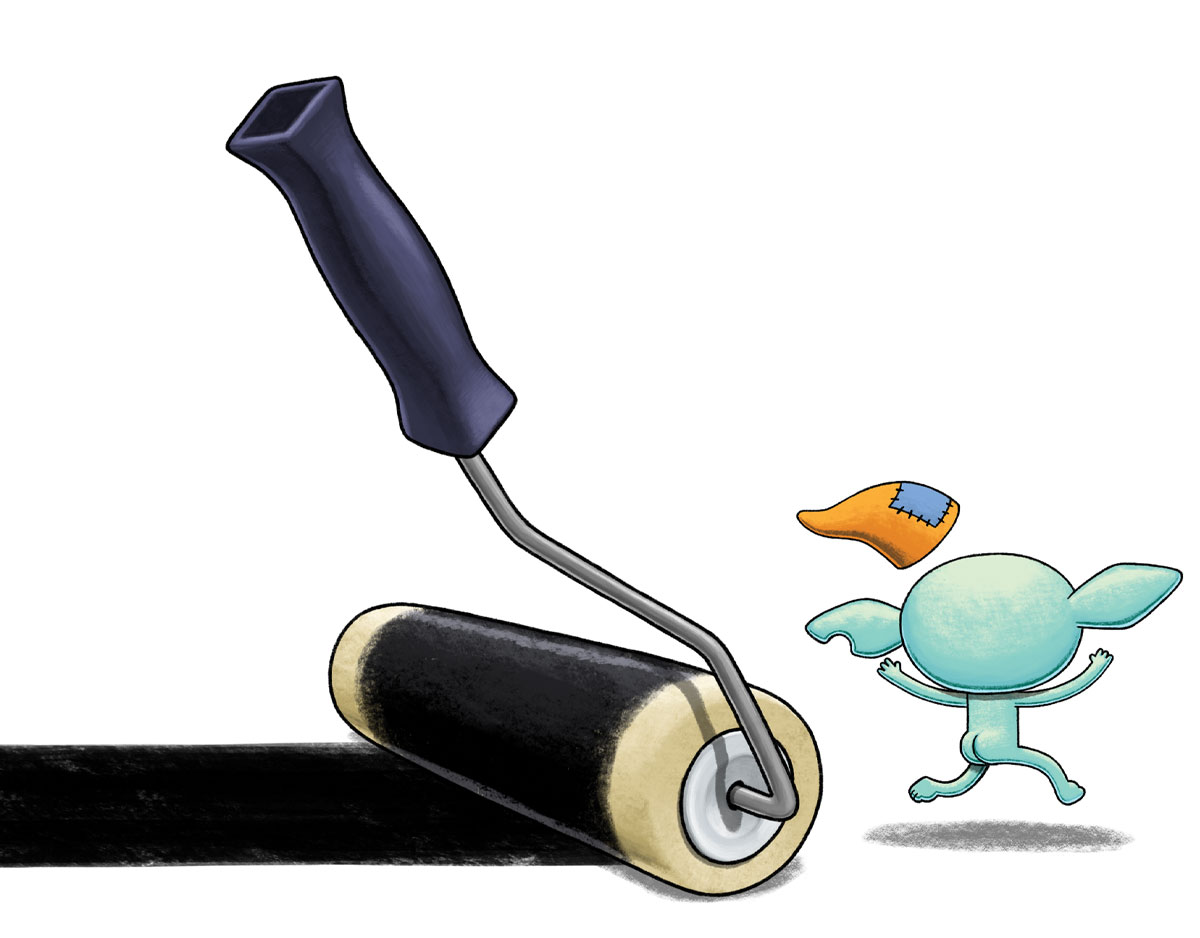
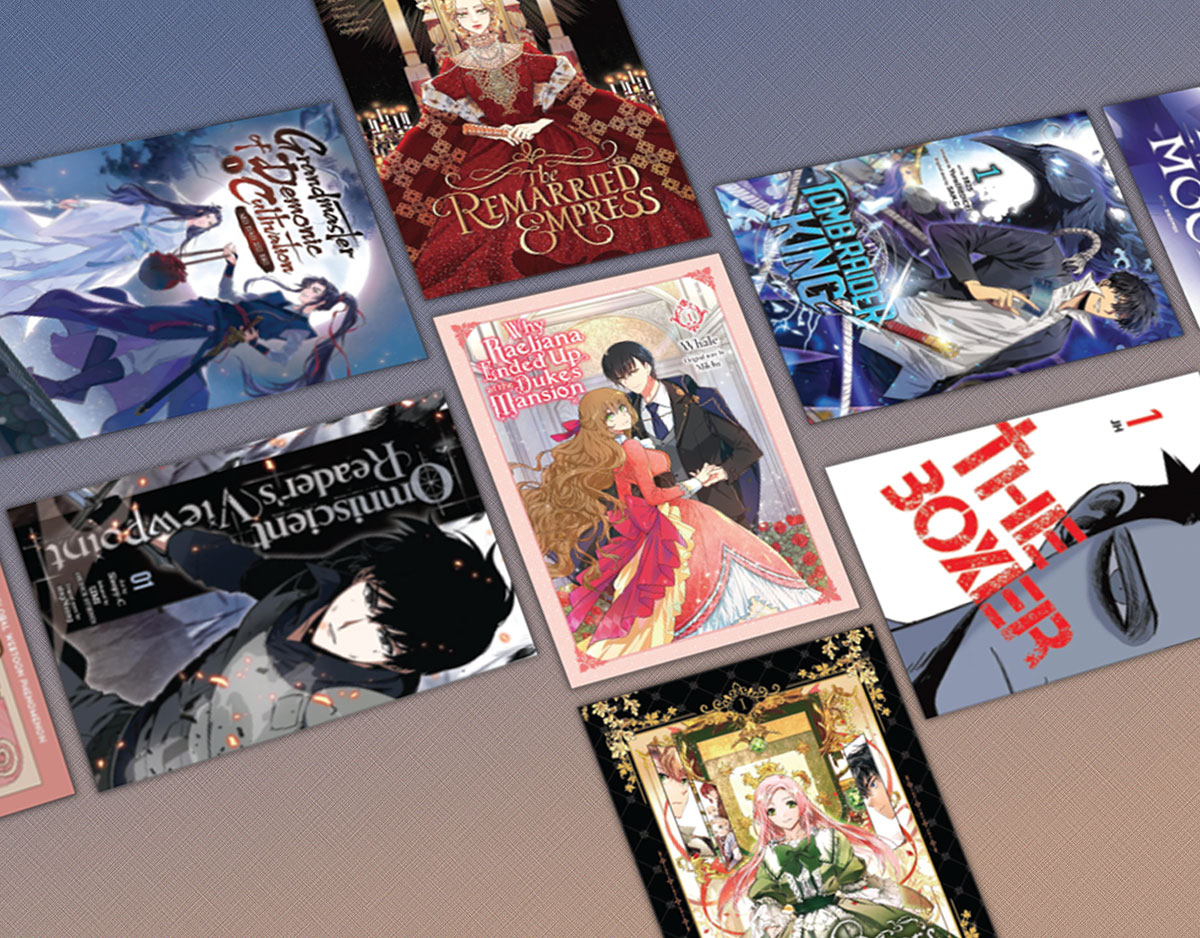
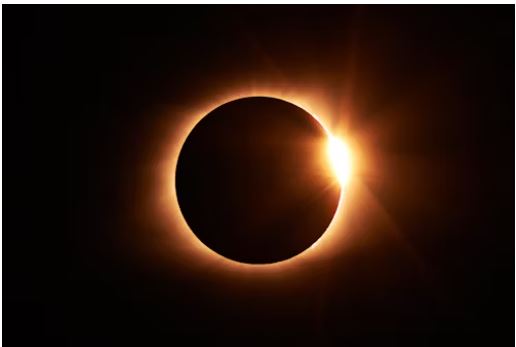
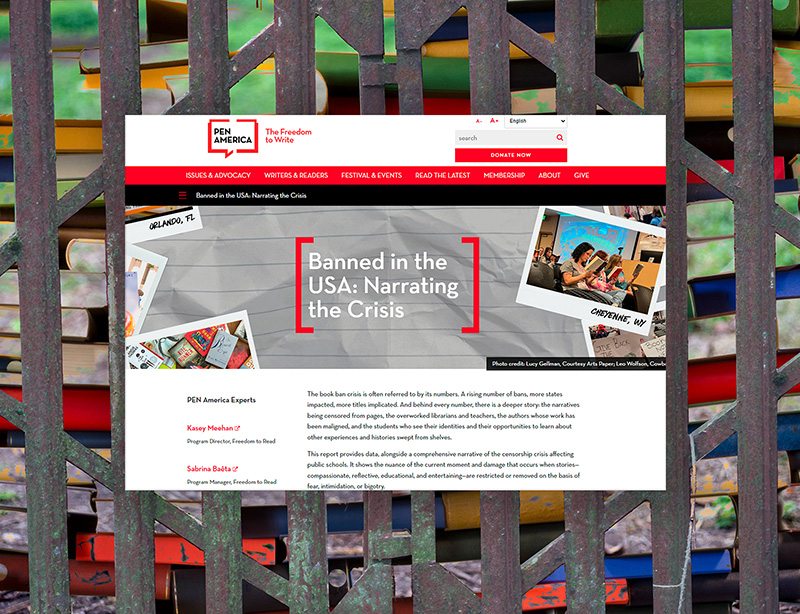
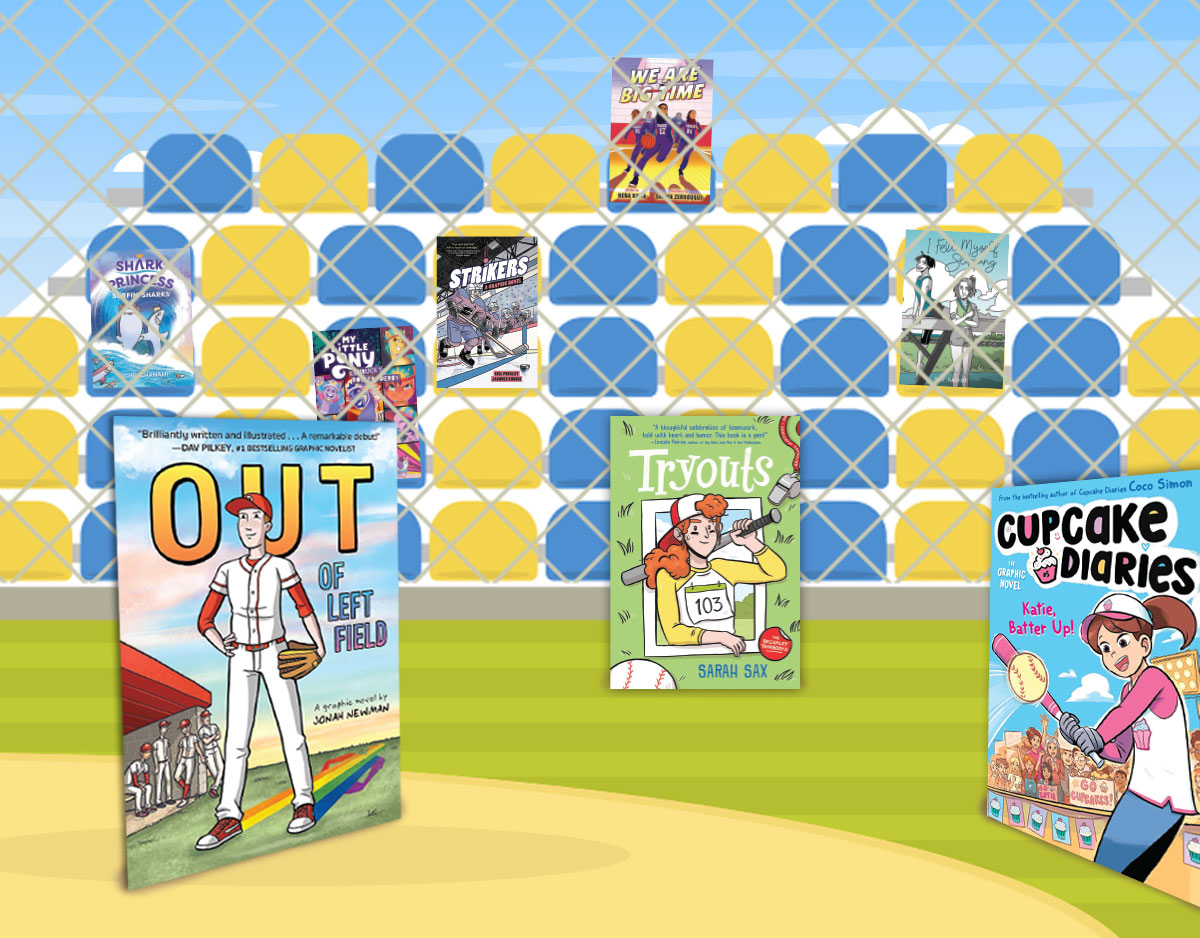
I just read this! I was so impressed that a non-native Spanish speaker would attempt the poems in Spanish first. Kind of wish I were a middle school Spanish teacher so I could read this to my class.